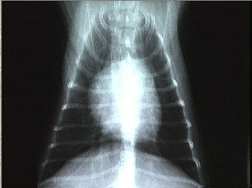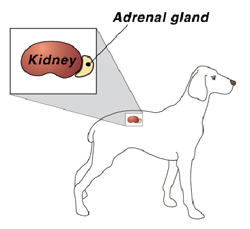Does your dog love the outdoors? She’s in good company. Unfortunately, being outside also comes with health risks like heartworm disease. A recent study by the Ontario Veterinary College showed that the number of cases of heartworm disease in Canada is up over 60 per cent over the last eight years. Country dogs, suburban dogs, even city dogs are at risk.
Why? Heartworm is spread by mosquitoes. One bite from an infected mosquito is enough to transmit the disease to your dog. Coyotes, foxes, raccoons and other wild animals can become infected. Once infected, these animals can become heartworm reservoirs for mosquitoes to feed on, leading to a constant risk of infection for your dog.
And, since heartworms are not readily visible the way ticks and fleas are, you may not even know your dog is infected. Symptoms don’t appear for six months when the parasites arrive in the dog’s heart and lungs. Your dog may look fine but still be infected. Left untreated, heartworms can cause severe damage to the heart, lungs and may eventually cause death.
So what can you do? Be sure your dog is healthy by asking your veterinarian to perform a simple blood test each year.
And, think prevention. Highly effective preventive treatments are available from your veterinarian. They are generally given monthly once mosquitoes are present. The warm spring weather we’ve been experiencing, might mean an earlier than normal return of mosquitoes. Start your heartworm prevention now and continue through the mosquito season. As an additional feature, the heartworm preventives we recommend will also protect your pet and protect your home from other parasites such as fleas, and roundworms.
Talk to your veterinary team at Callbeck Animal Hospital, 905-438-1144 to learn more about preventative heartworm medications that are easy to administer and will help protect your dog from heartworm disease.






